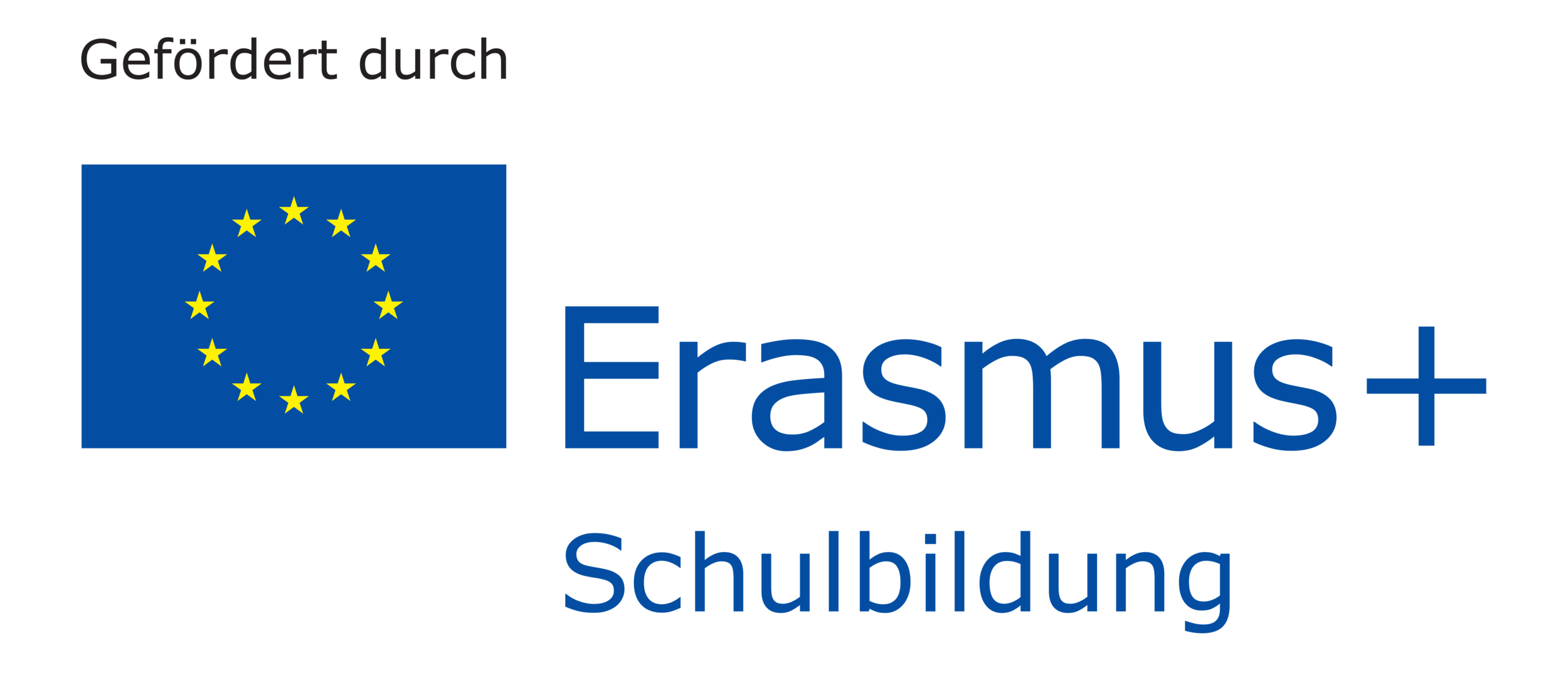Examples of Awareness in Bilingual and Multilingual Children
A child with more than one language at their disposal can have a greater understanding or feeling of metalinguistic awareness in their daily life due to the fact that they have more word choices and languages available to them. Their awareness to language and the differences between the languages can be more sensitive. These are some of the ways in which a child with two or more languages may show signs of metalinguistic awareness in their way of communicating.
Luca’s ways of expressing herself might show signs of code-switching. This means her words sentences could show characteristica and expressions of several languages at the same time. Instead of switching between the languages when there is a change in setting (new conversation partner or new context), she would mix parts of the different languages available to her while being in the same conversation. This is a common phenomena and can also be observed in adults. Luca could possibly start a sentence in one language and finishing it in another: "Ich bin finished”, mix different vocabulary or mix a German noun with the English plural ending -s :“Look, so viele Äpfels!”
Luca may also switch between the languages based on whom she is speaking with: German with her German dad, English with her English educator and Portuguese with her Portuguese mum and Portuguese babysitter.
Luca may also start to decode non-verbal communication, such as body language and tone of voice, to decipher what is being asked of her. For example, everyone is going to the sink to wash their hands, so the educator must have asked everyone to wash their hands (Siegmund, Gogolin, Schulz, & Davydova, 2013).

